As promised, here is the second installment in our review of some of the gifted actresses who appeared in the Arliss films.
Loretta Young, like Mr. A, followed producer Darryl Zanuck when he left Warner Bros. for 20th Century-Fox. Young would make some of her best films there beginning with THE HOUSE OF ROTHSCHILD (1934) where she played the role of Nathan Rothschild’s (Arliss) daughter Julie:

With Robert Young. For whatever reason, the original still reversed the image but your blogmeister corrected it.
A frame capture from the Technicolor finale of ROTHSCHILD:

Doris Kenyon was a silent screen star who was married to another silent screen star, Milton Sills. They made several films together during the 1920s and Kenyon also appeared in the Arliss silent, THE RULING PASSION (1922). When Sills died suddenly in late 1930, Kenyon planned to retire but Mr. A persuaded her otherwise.

Doris Kenyon as Betsy Hamilton in ALEXANDER HAMILTON (1931)
Kenyon joins Mr. A in his mandatory afternoon tea break on the HAMILTON set:

A detail from a HAMILTON lobby card with Dudley Digges:

Another HAMILTON lobby card with Lionel Belmore as Old Gen. Schuyler – in fact Belmore was only a year older than Mr. A!

Two year later Arliss and Kenyon played very different roles in VOLTAIRE (1933), she as Mme. Pompadour…

…mistress to King Louis XV, played by Reginald Owen:

Mary Astor was leading lady to John Barrymore and Douglas Fairbanks in the 1920s, and a memorable femme fatale to Humphrey Bogart in the 1940s. In between, Astor was married to Mr. A – onscreen of course – in A SUCCESSFUL CALAMITY (1932):

In his memoirs, Arliss thanked Gladys Cooper (later Dame Gladys Cooper, DBE [Dame Commander of the Order of the British Empire]) for playing the relatively small role of Duchess d’Angoulême, the vengeful daughter of Marie Antoinette, in his first British film, THE IRON DUKE (1934):

It is rather obvious who is the brains here.
THE IRON DUKE casts Mr. A as the Duke of Wellington, but his real adversary is not Napoleon but a woman, Mme. d’Angoulême, who nearly succeeds in restoring the Bourbon monarchy to France. This film was Cooper’s first talkie. Here is the denouement where the Duke tells the Duchess: “I fight for peace – you fight for vengeance. That is why you have to go.”

We haven’t overlooked Joan Bennett, Alice Joyce, Evalyn Knapp, Doris Lloyd and others so that’s why there will be a Part Trois coming up soon.
If you missed Part One, click on the “People” category.

































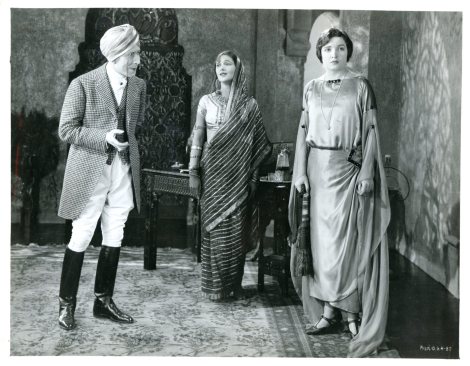








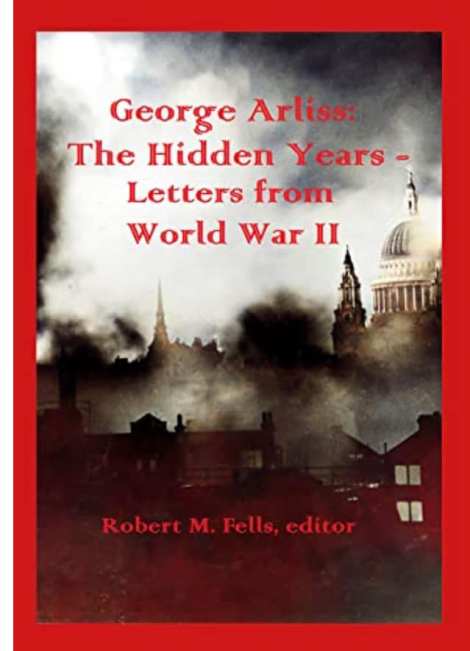
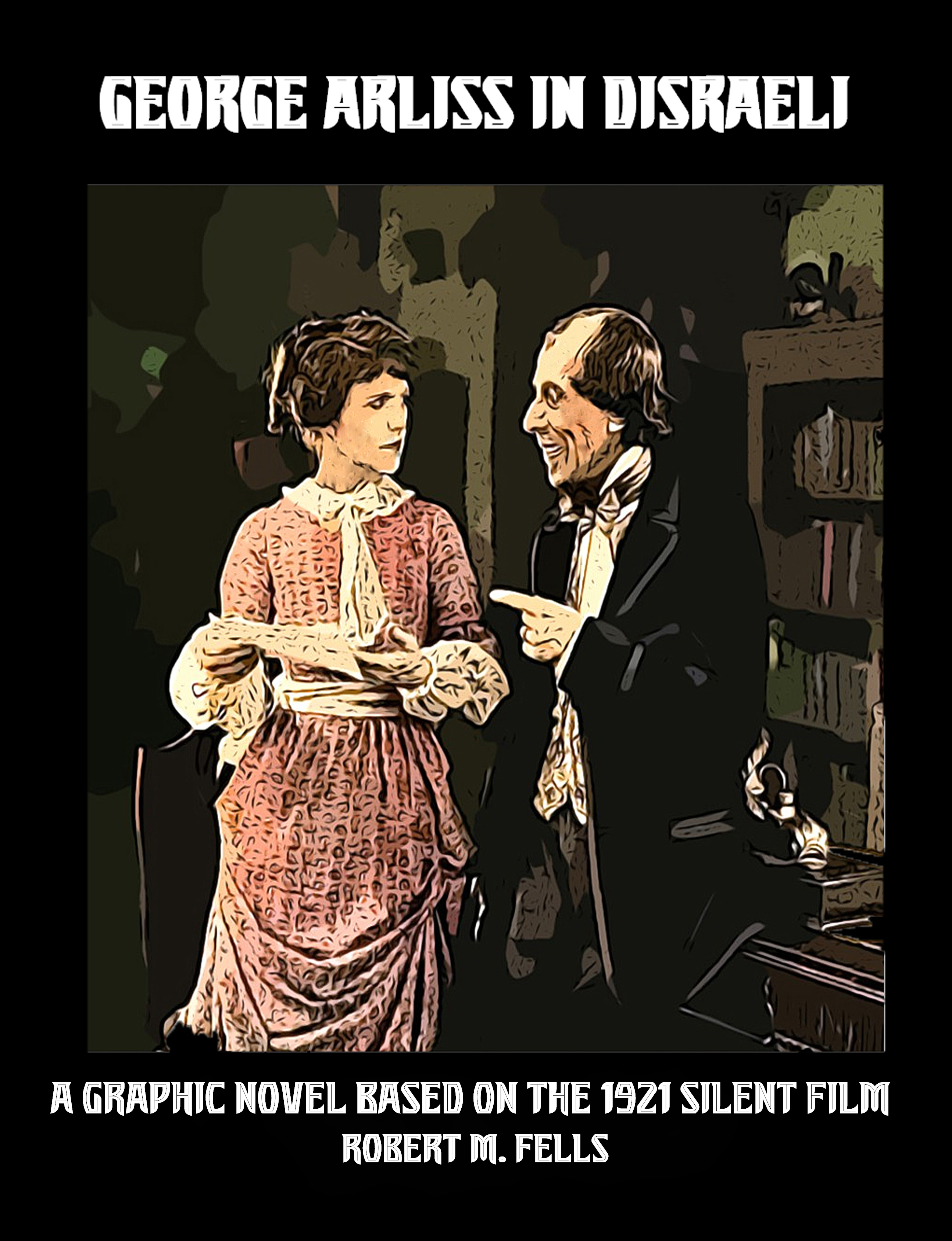
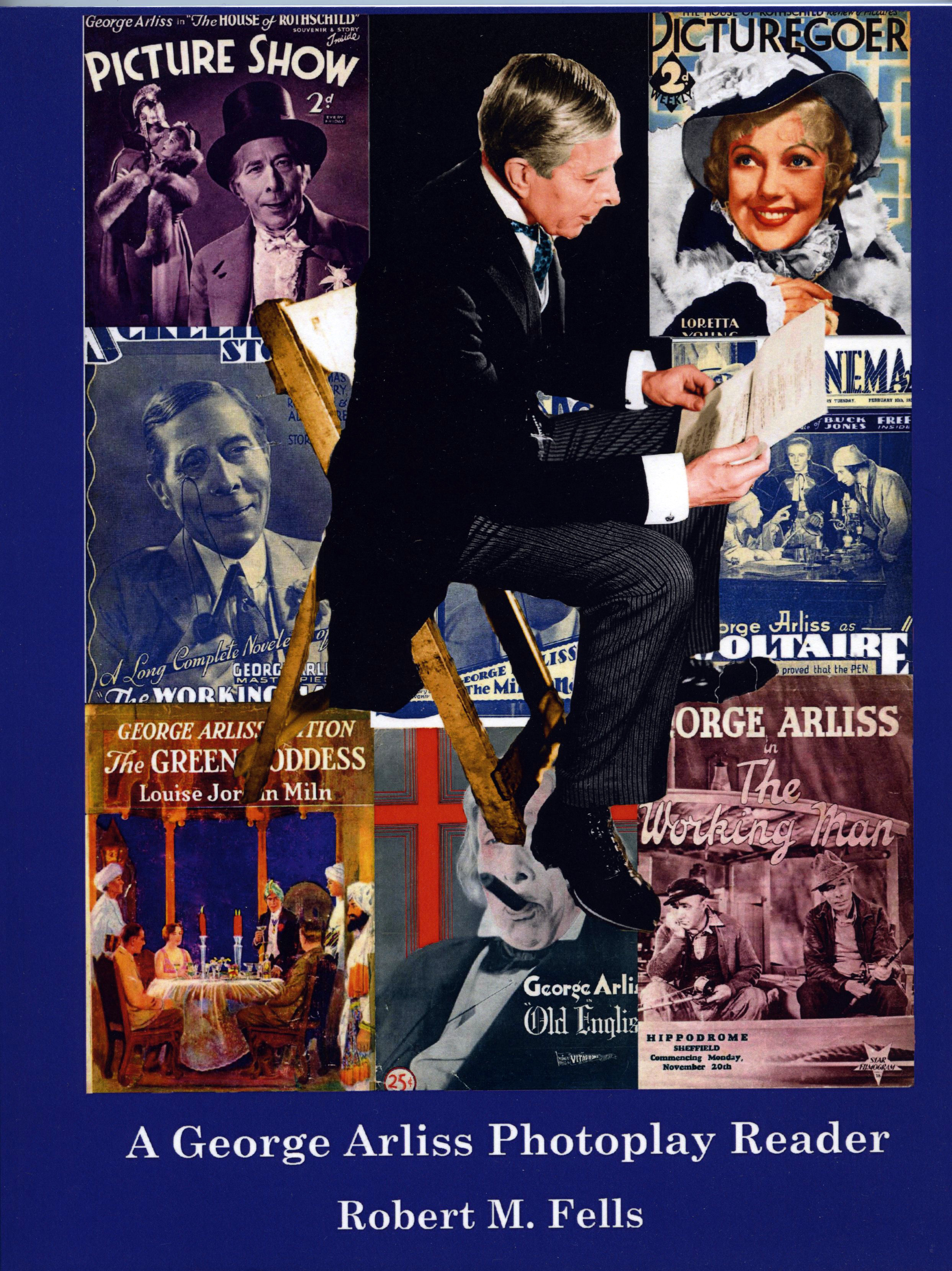

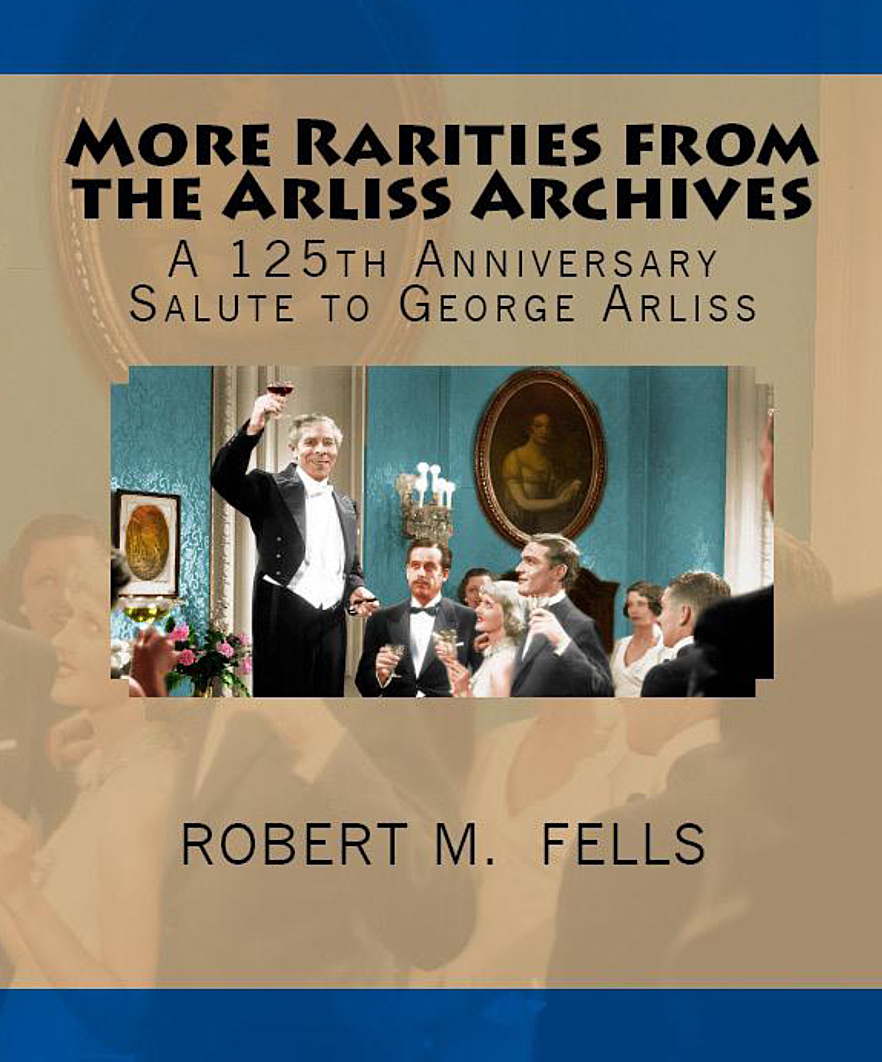
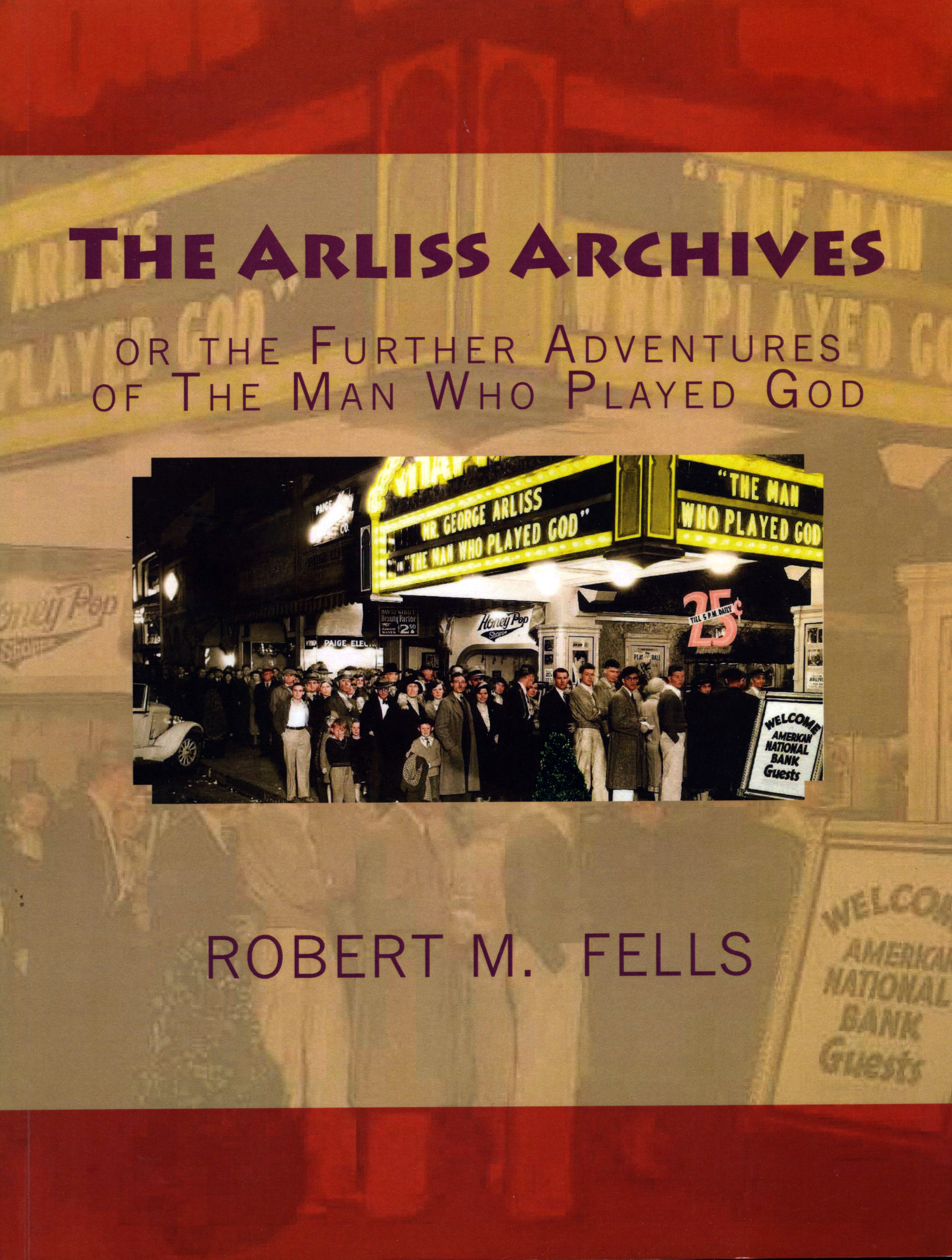
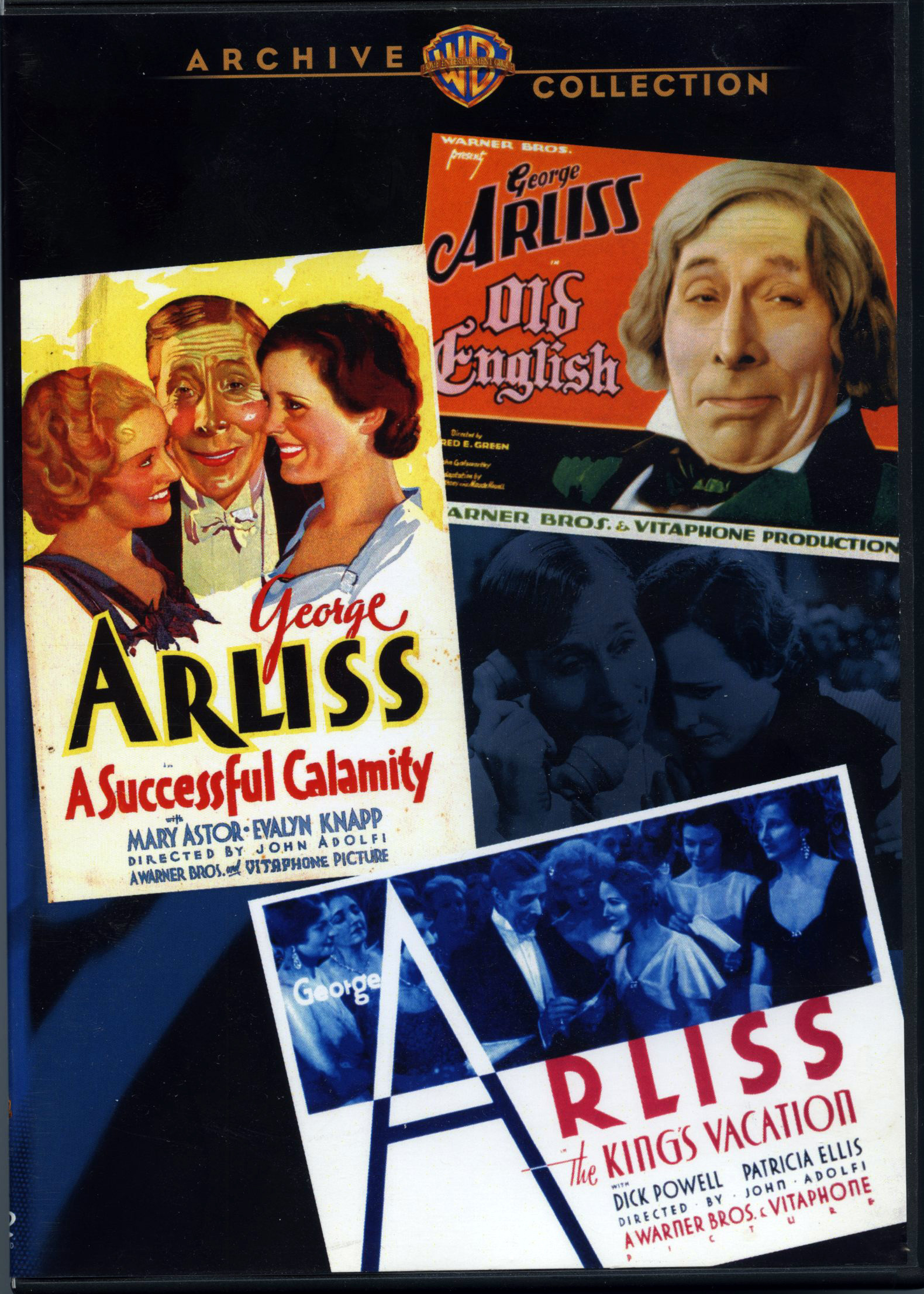




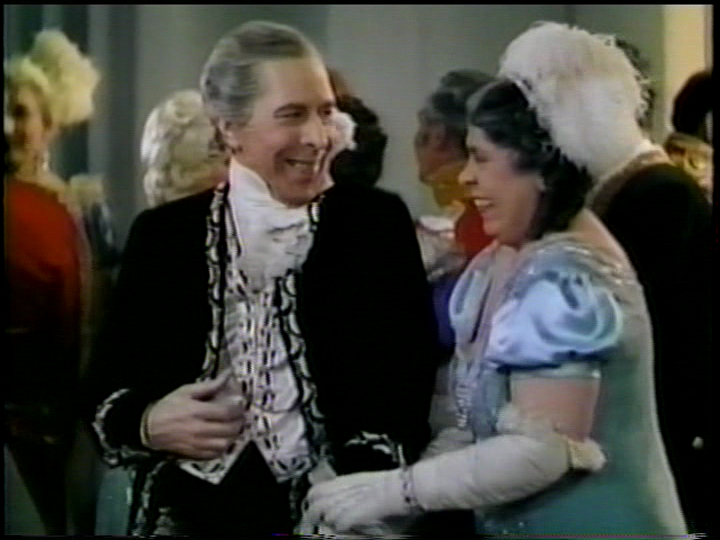

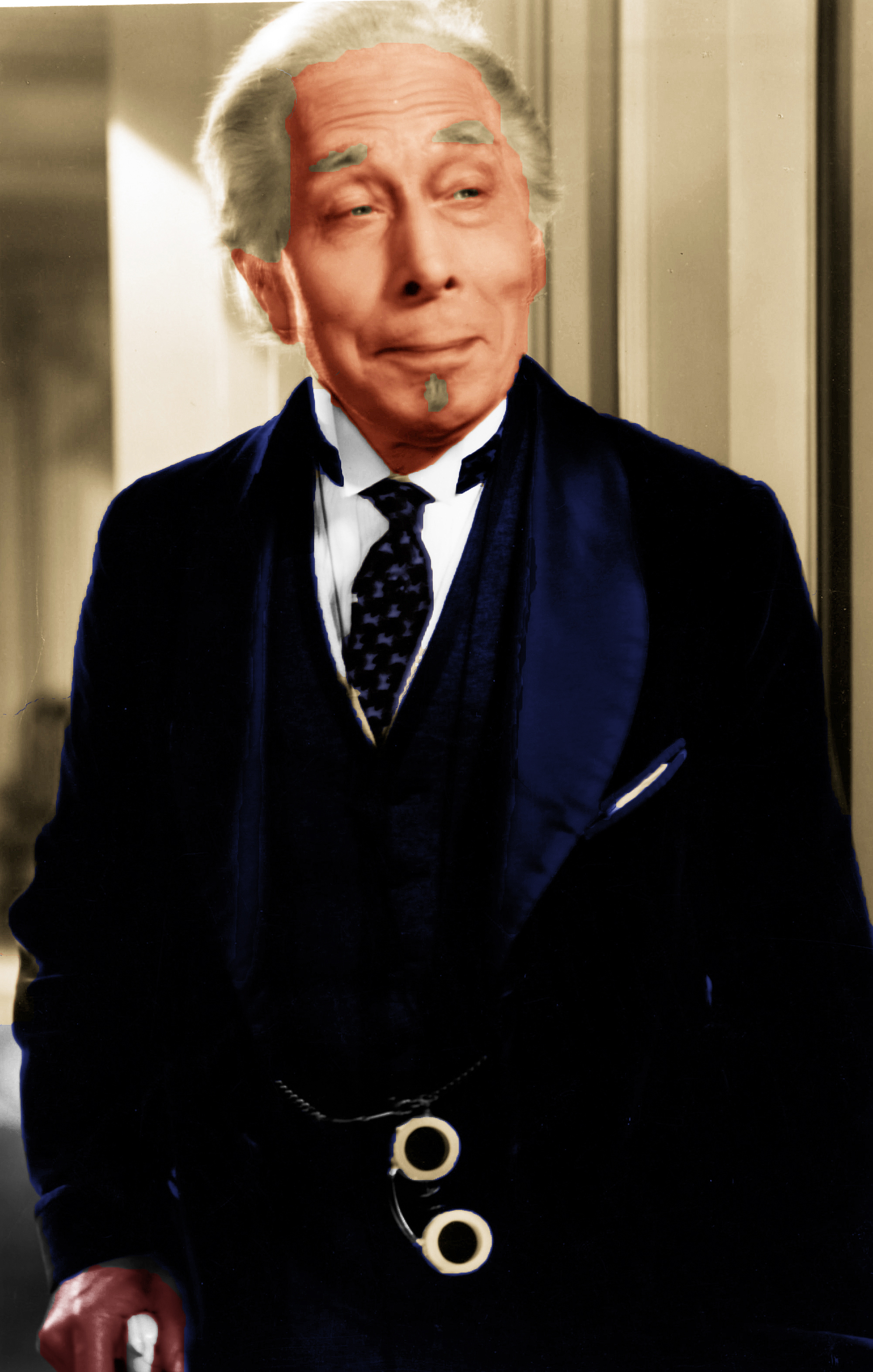
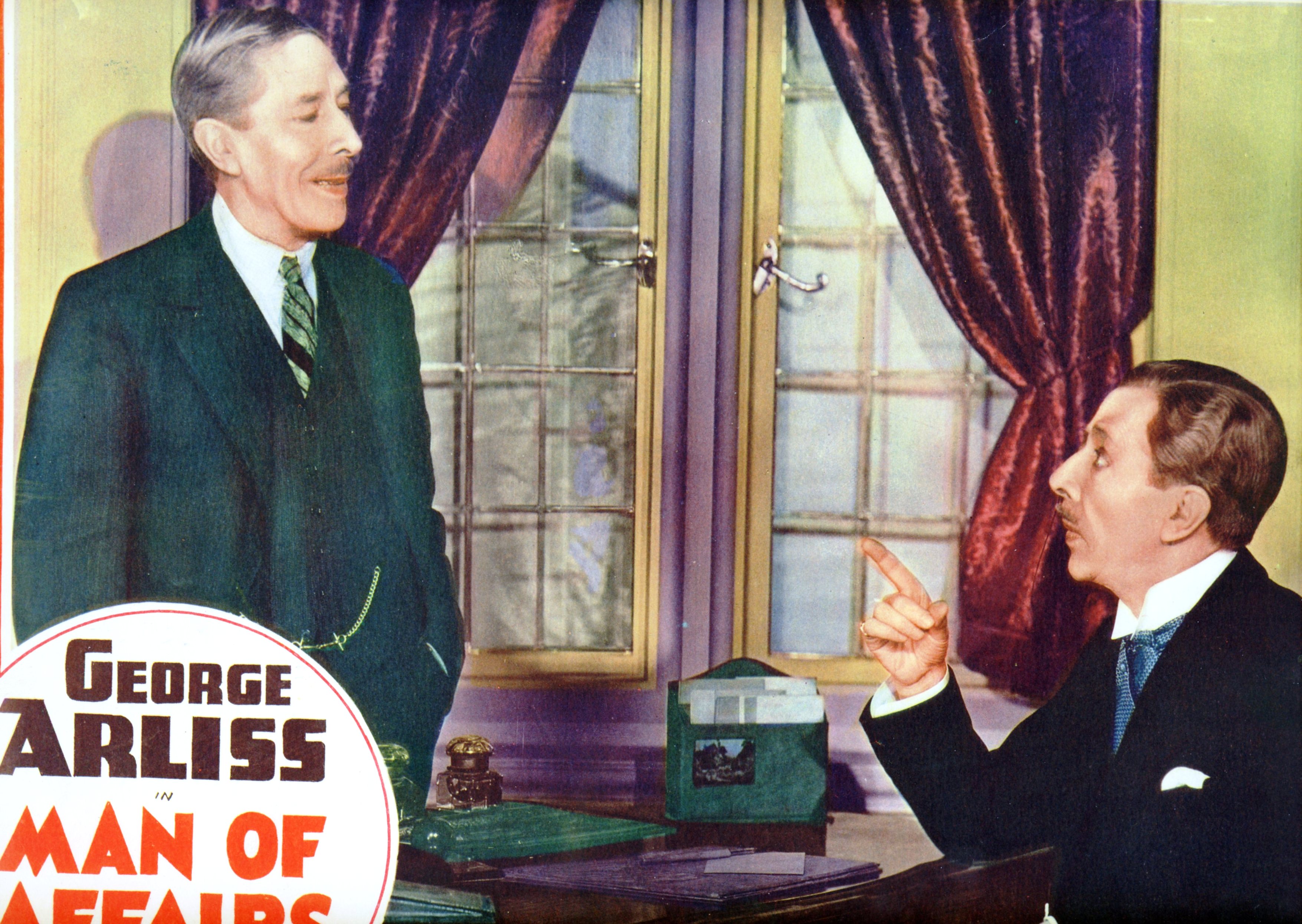

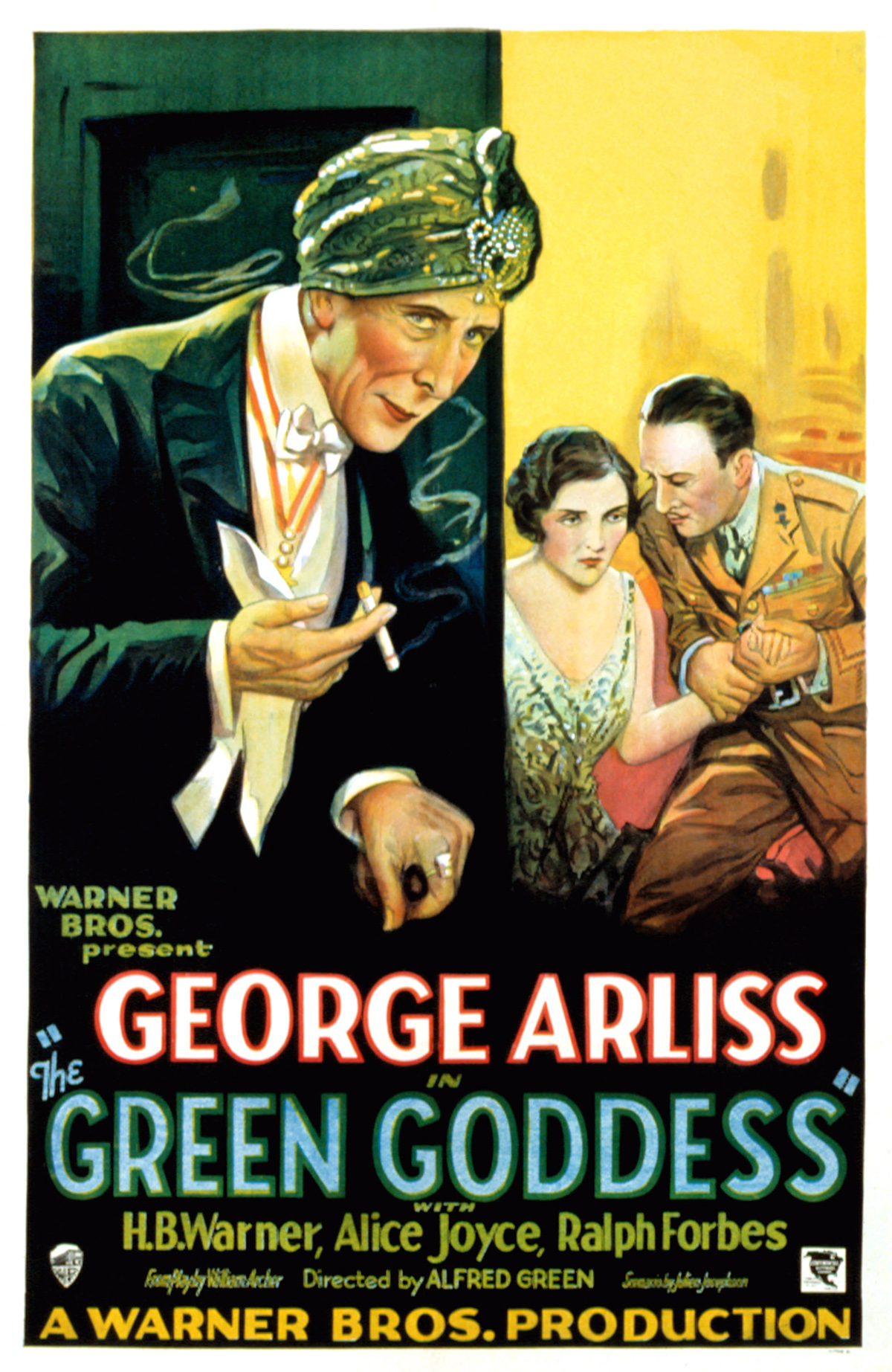
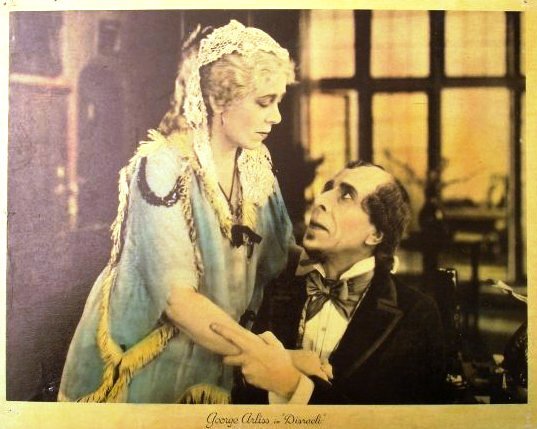

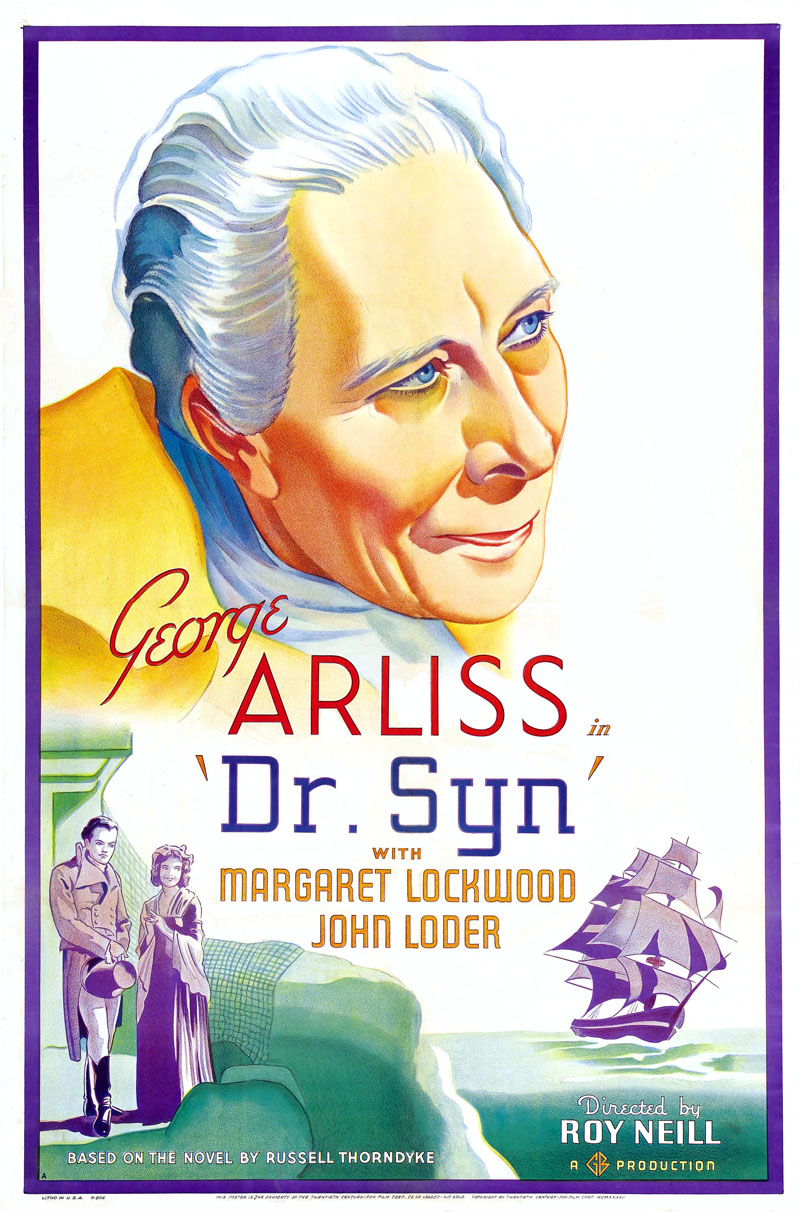
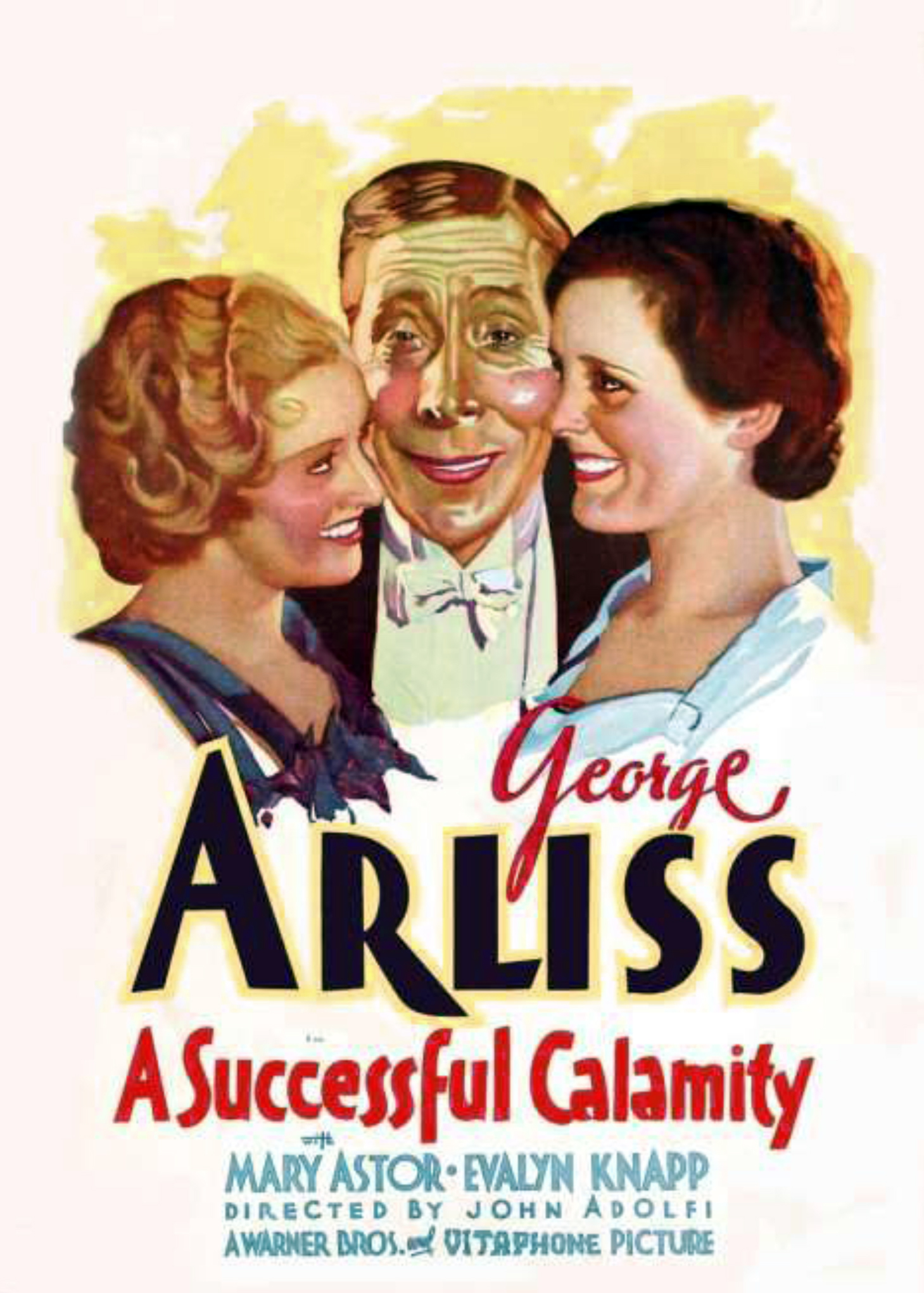


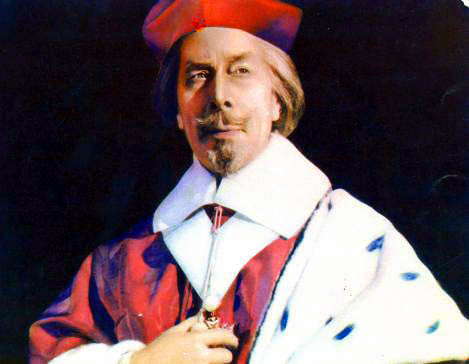

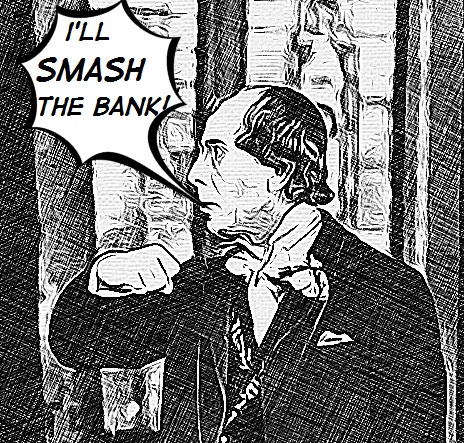


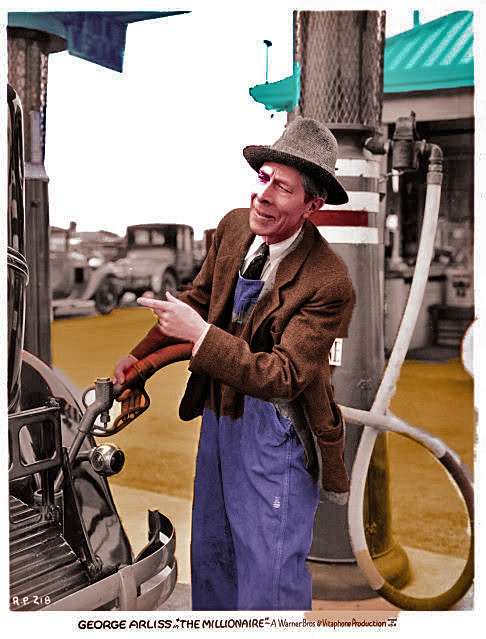

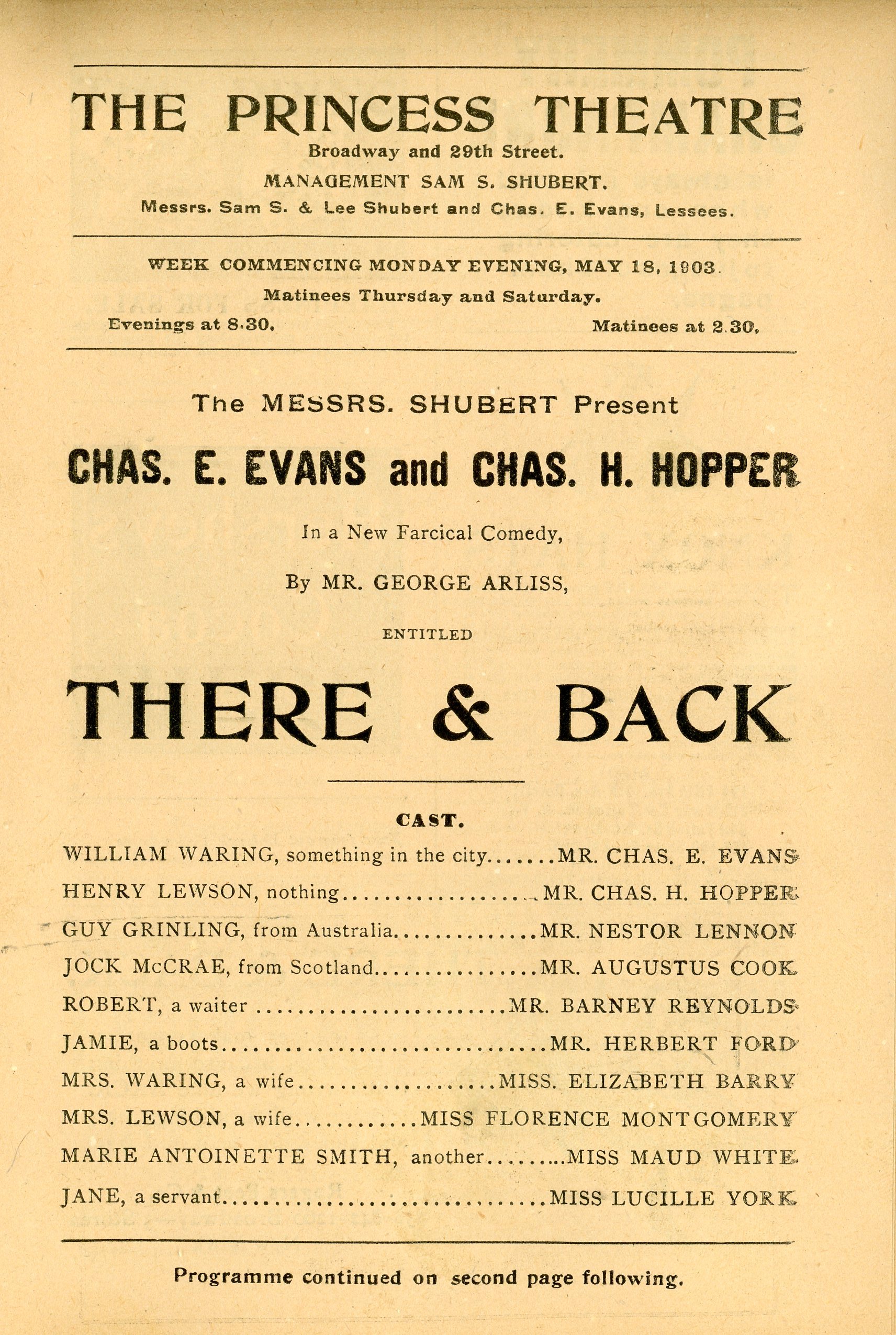

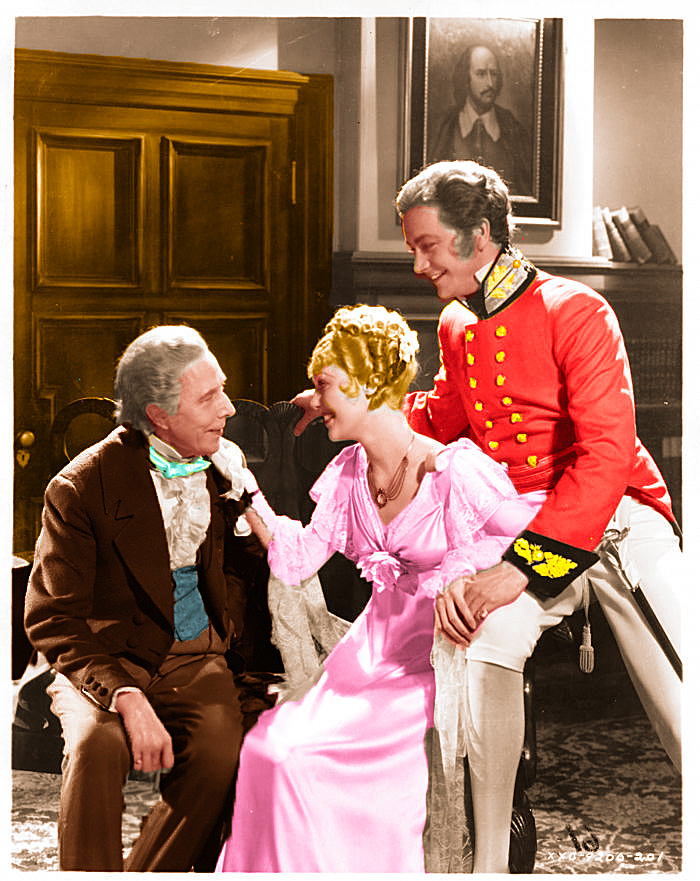
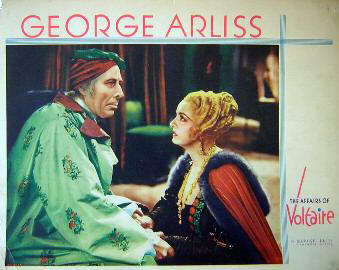
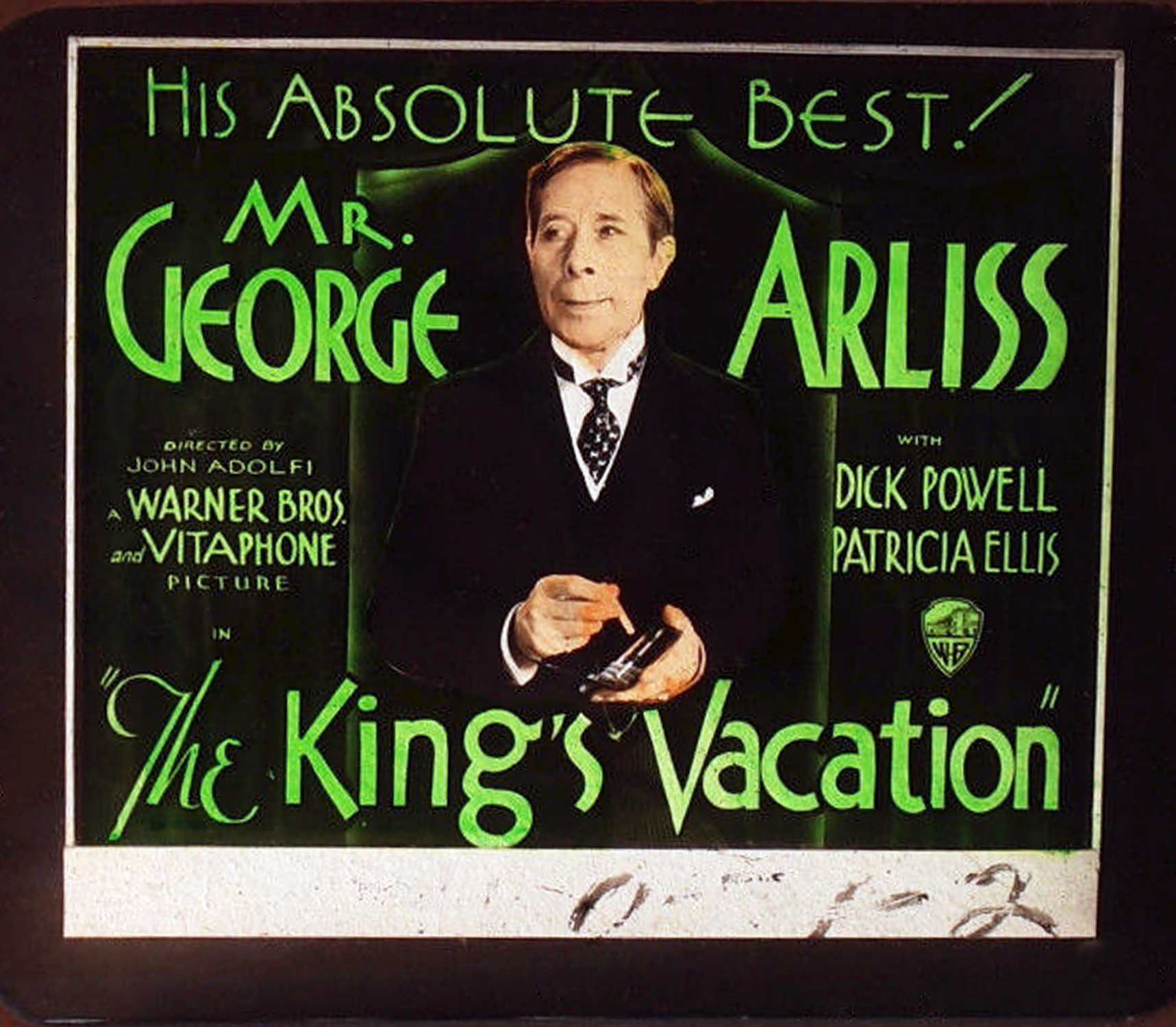

You must be logged in to post a comment.